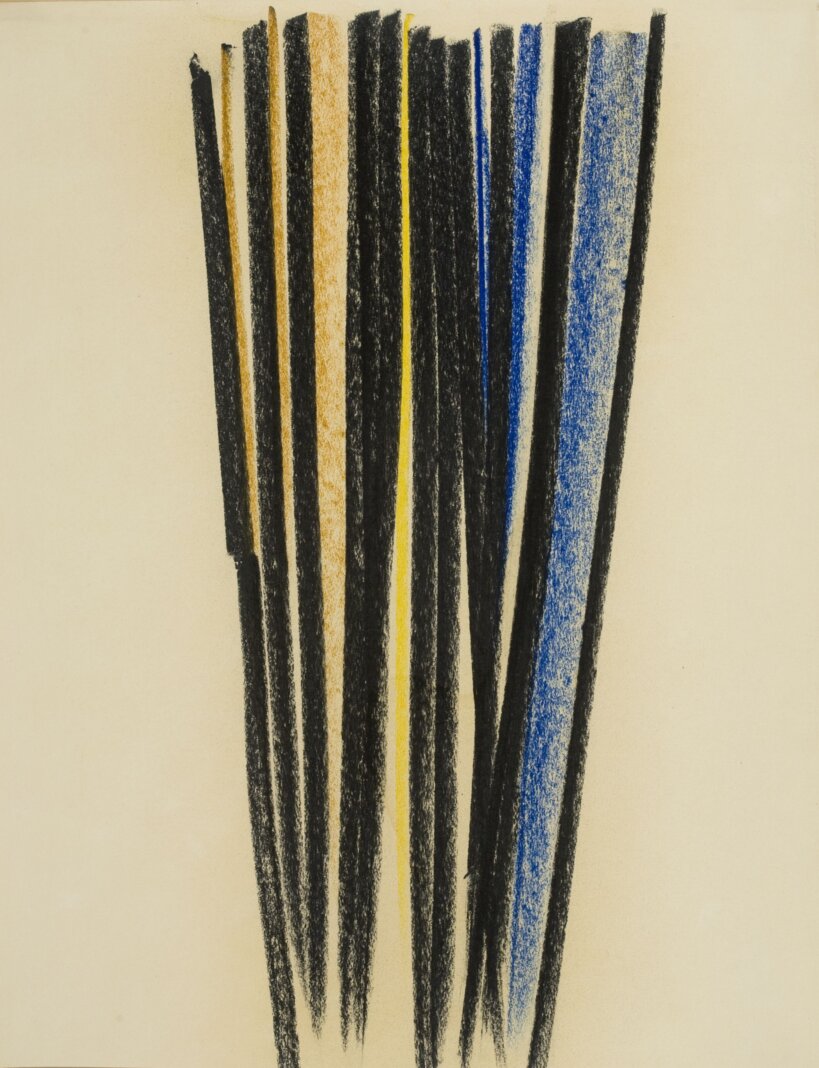Almost two years later, when he bought the drawing - then still titled Aan zee ( At the Sea Side) but essentially a compilation composition after the works The Birth of Aphrodite in Ostend (1922), Adventure (1924) and Life (1924) - Vermeulen again consulted Langui. In his reply, the Van den Berghe connoisseur wrote in detail about his amazement at the way the artist had forged the individual compositions into a new unity, at how, in the drawing, some details from the original works had disappeared or been enlarged, how characters had taken a different pose to fit seamlessly into the new whole, etc. Langui concluded: ‘Why F.v.d.B. composed this kind of synthesis remains a mystery to me: a favour or need for money? Who knows?’3
Vermeulen also called on Langui for other artists in his collection, such as Jean Brusselmans.
Classic contemporary
The third part of Vermeulen's collection includes works by artists who became active mainly after World War II. His notable preference for the classics of 20th-century art, which he had come to know through the Belgian and international art and gallery scene during the 1950s-60s, would later prompt him to acquire works himself by artists such as Karel Appel (1921-2006), Jean Dubuffet (1901-1985), Hans Hartung (1904-1989) and Serge Poliakoff (1900-1969). He liked to refer to the close relationship he maintained with friends-collectors such as the Ghent neuropsychiatrist and collector Roger Matthys, with whom he regularly socialised.4 His appreciation for his colleague's enthusiasm was great, but in his own way, Vermeulen decidedly stated that he preferred to place his own emphasis, and make more cautious, less extreme choices regarding the works he collected in his everyday environment, hinting that he did not want to go ‘as far’ as some of his friends. He also generally bought these works in his own country, but also travelled to Paris for them. His cautious nature of collecting, but also his care for the works in his possession, is shown by the fact that he sought the necessary expertise to contextualise his purchases and keep them in good condition.






